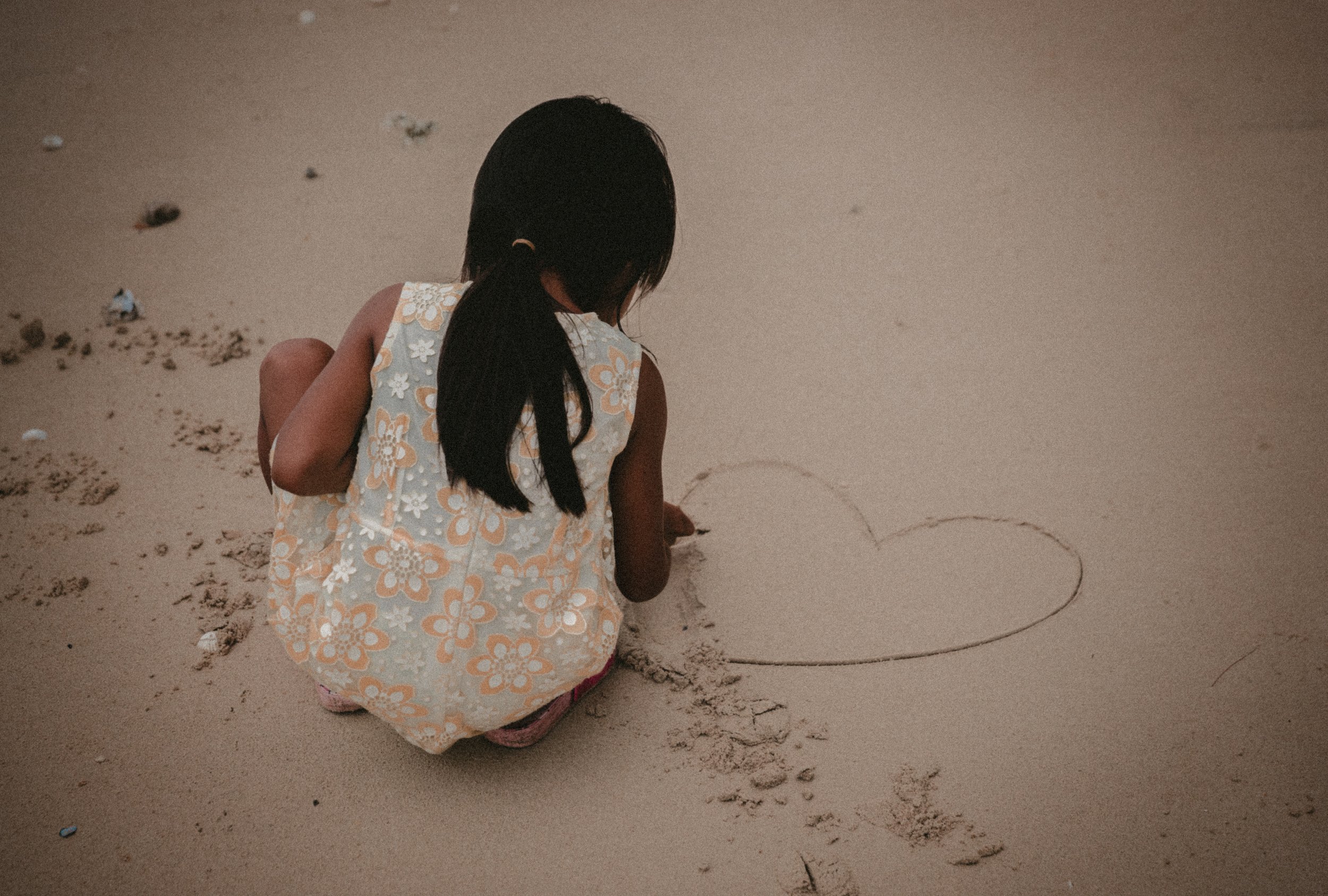As the primary child therapist for St. Raphael, it shocks me that I do not have a waitlist full of families wanting to get counseling for their children ages four through ten. Why is this? First, parents may not be aware of this resource and secondly, if they are familiar with child therapy, they may be skeptical of its benefits. My hope is to shed light on both of these barriers.
Counseling for young children does indeed exist, it just looks different than the more typical talk therapy performed with adults. I don’t sit down with a five-year-old and discuss the thoughts and emotions that led to a behavioral outburst at school. I don’t explore the depths of suffering a child feels when left out on the playground. Young children do not have the capacity or insight to facilitate this dialogue. Rather, children express themselves through play. In my playroom, there are all sorts of toys, games, and dress-up clothes that they can play with. Children express how they are feeling, and what they are thinking, through play. Here are several examples. A young girl dealing with grief expresses her sadness through playing with dinosaurs and having them die in different ways. A little boy dealing with regressive behaviors (acting and behaving younger than his age due to trauma) had the dolls in the dollhouse constantly going to the bathroom (his behavior of wetting the bed). A young girl who was constantly criticized for her behavior at home, who then in turn scolded me, the therapist, for playing “wrong”. I could go on and on with examples, but the point is clear: children need an outlet for their thoughts and emotions just as much as adults do, and they need an appropriate medium to do so.
Some parents may ask themselves why they cannot simply provide play therapy at home. There are several reasons. First, oftentimes at home, there are multiple distractions and the parents may not have the time to solely dedicate to play with the child while ignoring these distractions. Or, the emotions and thoughts that need to be processed are related to the parent, disallowing the child to appropriately display their feelings with the parent present. This does not mean that the parent is necessarily at fault for the child’s emotions or behaviors, but sometimes it is helpful for the child to have an outlet outside of the home. A therapist can provide another healthy, positive relationship to the child in a neutral and safe setting. And this particular mode of therapy is one that was studied in depth by the play therapist doing so. The therapist has been trained to pick up on specific things to interpret which is different than observing. It is important to note that the parent is still deeply involved in the child’s play therapy process. Usually, I structure my sessions to begin with 10-15 minutes of conversation with the parent(s) followed by the time with the child. If necessary, there can be follow-up with the parent(s) after the play therapy as well. Parents are the experts on their children, so their involvement is vital to the success of the child.
Usually, play therapy is a relatively short process. Further, no matter what the presenting issue is, from trauma to acting out, I think it is safe to say that it will be more short term than if the child does not receive help until later in their life. Children are incredibly resilient! The earlier we intervene, the more likely we are to set our children up to be healthy and successful teenagers and adults.










